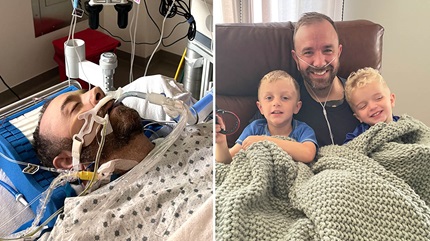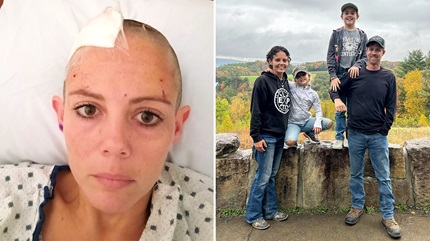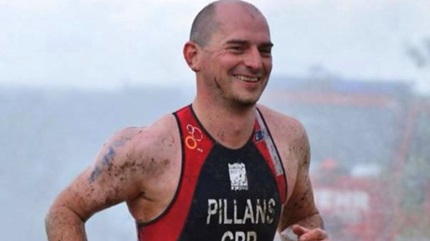Scoliosis, a condition in which the spine curves from side to side, develops gradually, typically between the ages of 10 and 16. A new magnetic rod is proving to be a game-changer — and a lifechanger — for children with scoliosis.
Treatment depends on the child’s age, bone maturity and the degree and pattern of the curve.
Many cases of scoliosis are mild and may just require periodic monitoring to ensure they do not progress. In the most serious cases, scoliosis patients may require an operation to straighten the spine every six months as they grow.
“If left untreated, scoliosis can affect the growth of the rib cage and lead to serious heart and lung problems,” says Ryan Goodwin, MD, Director of the Center for Pediatric Orthopaedic Surgery at Cleveland Clinic.
Six-year-old Stanley Wesemeyer was diagnosed with a severe case of early onset scoliosis. When he was 3, Dr. Goodwin surgically attached a metal rod to Stanley’s spine to keep it aligned. Follow-up surgery was required every six months so the rod could be lengthened to accommodate his growth.
“Stanley can do anything a normal child can do, except cartwheels, somersaults and things like that, but he’s pretty active.”
For Stanley and his family, four surgeries over two years were difficult. “It was hard watching him cry. You feel so helpless,” says Shari Wesemeyer, his mother.
Fortunately, the frequency of Stanley’s surgeries has been significantly reduced, thanks to an FDA-approved magnetic device implanted by Dr. Goodwin. “The device is an expandable rod with a magnetic actuator. So once it’s implanted, it’s not necessary to go back in with another operation to lengthen it,” he explains.
Now, every two months during an office visit, Dr. Goodwin adjusts the length of the implanted rod in Stanley’s spine using a remote control run along the length of the spine.
Stanley now misses fewer school days and is in less pain, and he gets a chance to enjoy camping, swimming and other outdoor activities. “Stanley can do anything a normal child can do, except cartwheels, somersaults and things like that, but he’s pretty active,” says Shari.
Stanley will need surgery to replace the current rod in about three years.
“This magnetic device provides a significant reduction in the number of surgeries a child is going to need for this problem,” adds Dr. Goodwin. “Any child with scoliosis who is a candidate for the traditional growing rods may also be a candidate for this procedure, starting as early as age 2.”
Related Institutes: Orthopaedic & Rheumatologic Institute, Cleveland Clinic Children'sPatient Stories
Tattoo Artist and Dad of Three Thankful for Life After Double-Lung Transplant
Apr 12, 2024
Woman With Young-Onset Parkinson’s Finds Relief After Deep Brain Stimulation
Apr 11, 2024
Triathlete shares remarkable recovery after quick treatment for lung cancer
Apr 10, 2024
“I am really impressed with Jeremy and Cleveland Clinic London,” says Andy. “I would recommend Cleveland Clinic London to anyone. If my cancer comes back, this is where I’ll come.”


